Ag Voice | Social Customer Care
A social media influenced urban audience is now creating a perception of brands not only through TV presence but through the digital world as well. The purchase decision is now also impacted by reviews, preferences, post and tweets on Facebook, Twitter and other digital mediums. 43% of consumers believe that a direct response to their questions is most important on a social media platform. Most companies’ view social media as a marketing medium, but customers expect more – and they’re willing to reward brands that go the extra mile. Using social media as a customer service channel allows you an additional way to wow customers that can be worth its weight in gold. Social media has enabled both consumers and brands to have a shared voice and interact on a public stage, creating a balance that addresses the wants and needs of both is crucial.
Social media has not just enabled direct communication between brands and consumers; it’s created a new paradigm between the two. Also, it’s interesting to know that 31% users expect social media platforms to provide direct access to customer service representatives or product experts. By not using social media, it only creates a pile of customer service questions, praise and complaints that go unanswered at times. Almost every company is at a different stage of their social business journey. Some are already active and thriving across the board. Others are taking their first tentative steps. Wherever you are, there are four broad areas you will need to focus on in order to realize its full potential which include listen, engage, measure and scale.
Each of these areas has its own set of objectives and requires that you focus on what will deliver most value to your business. Having a clear view of the bigger picture and what success looks like for your social customer service will ensure you devote your efforts to where you can make a real, tangible difference.
Twitter has emerged as one of the prime locations for social customer service. It has been the arena for explosive episodes featuring companies who ‘don’t get it’ as well as providing some of the best examples of engagement by those that do. While examples of failure are legion, here we’ll focus on what you can do to get it right. Most of the customer service issues that have blown up on Twitter are the result of companies taking too long to respond. Twitter is a near real-time medium (closer to texting than email). As such, customers expect you to reply quickly.
Indian brands have awoken to the need for social care and have picked up pace in ensuring engaging and informed responses. Brands within the ecommerce, telecommunication and automobile sector have set processes, response time targets and trainer to handle automated and personalized messages to customers
In order to know where you stand when it comes to customer service on social media and improve your brands reputation in this sector, a few tools that could help you with your Online Reputation Management are Brandwatch, Ubervu, Trackur, Simplify 360, Sentiment Metrics, Reputation defender.
Finally, don’t ignore ratings and reviews sites – they’re home to a surprising amount of service and support requests masquerading as reviews. Remember, the fundamentals of social media customer service are not significantly different than traditional customer service. The biggest distinction is the accountability granted by its public nature. Take that accountability seriously and your loyal customers will continue to do business with you. Social Customer Care also has a secondary but no less significant function that applies to all brands in any industry. And that is steering the real-time conversation and mentions of your brand on social. Naturally, your brand wants to be everywhere your customers are, and on social you can address queries and contribute to what your customers are saying about you instantly. By: Zafar RaisCEO, MindShift Interactive.
About the Author:
Zafar Rais has a well-heeled experience of 15 years in areas of Marketing, Branding, Business Development, Operations, Research and Product Innovation. He started his career as a ‘Marketing Consultant’ with Oxygen Healthcare Communications where he was accountable for building strategy to achieve the business objectives of Hungama, Bristol-Myers Squib and Glaxo. Zafar played varied roles in his career but with a focus on Digital, a calling that came while he headed branding at Kellogg India Pvt. Ltd., taking on the onus of creating interactive social engagement.


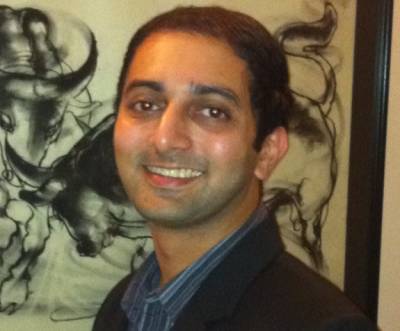

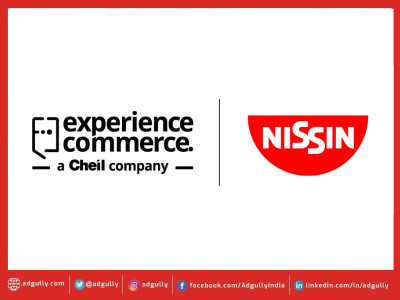
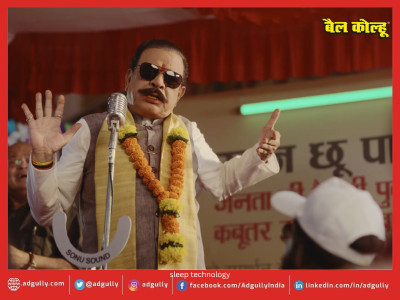


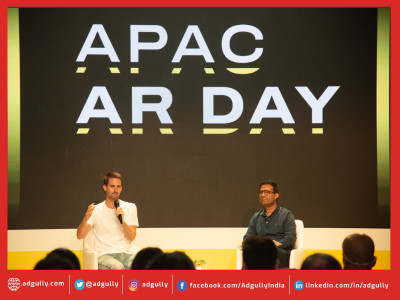
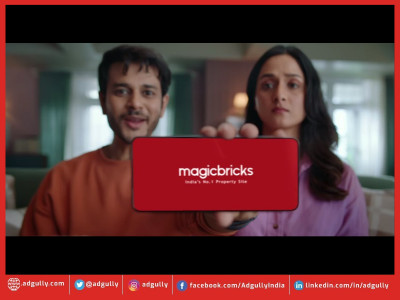



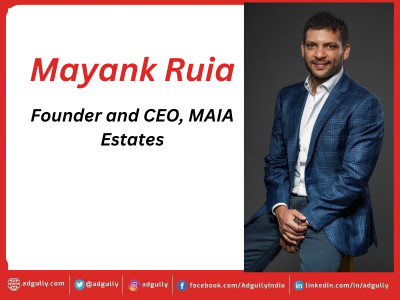


Share
Facebook
YouTube
Tweet
Twitter
LinkedIn